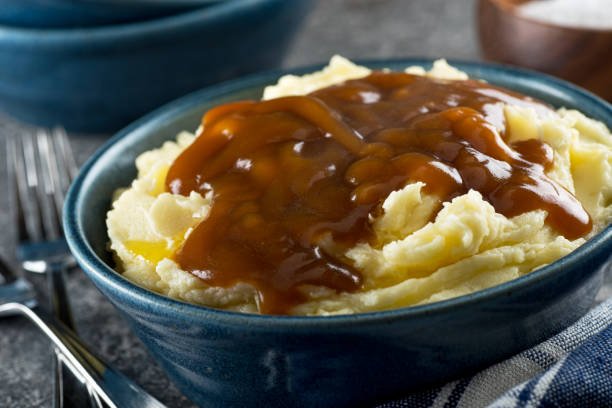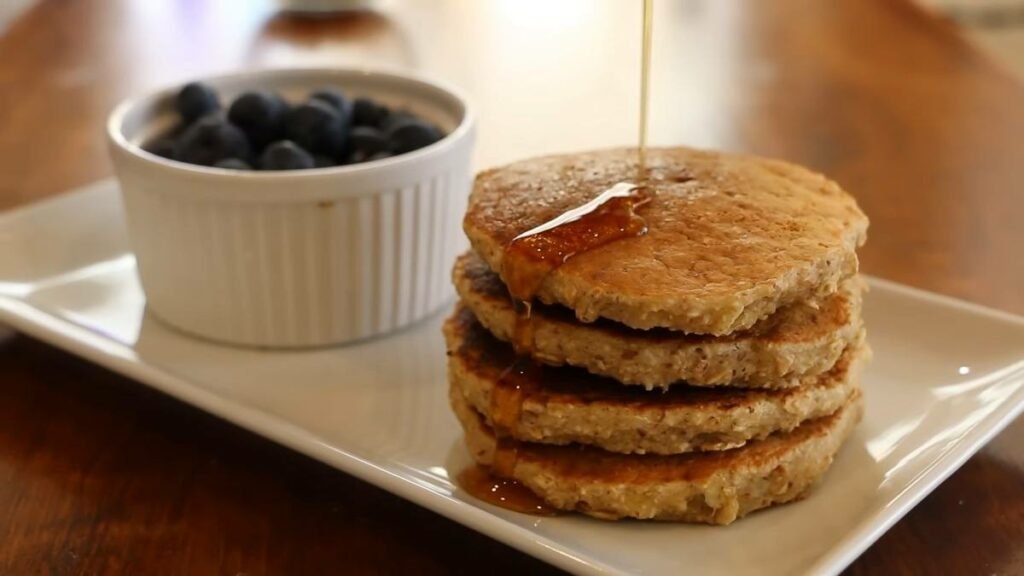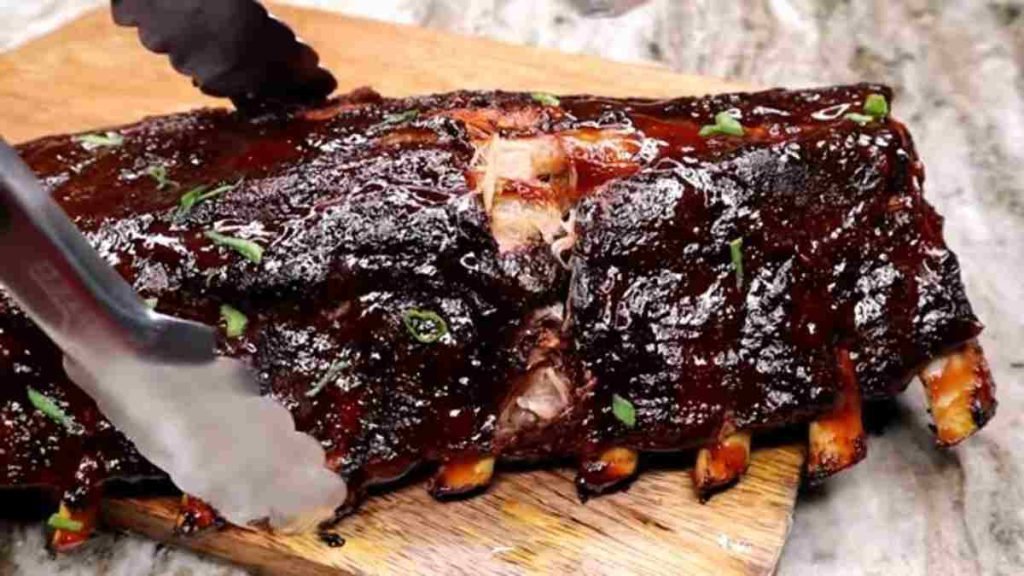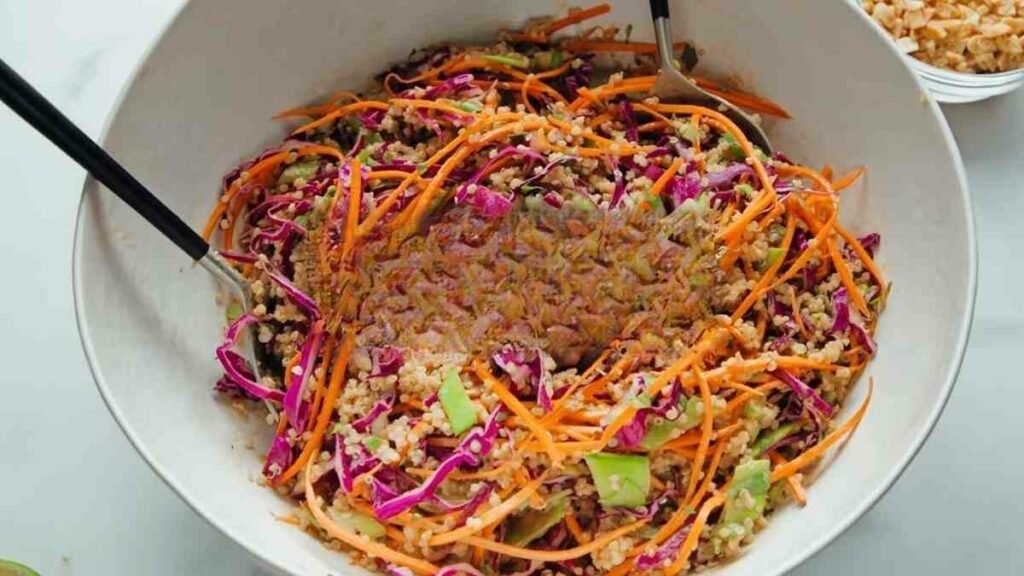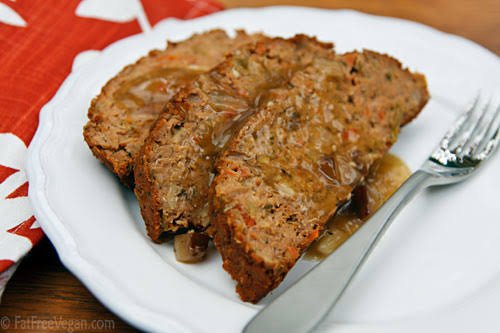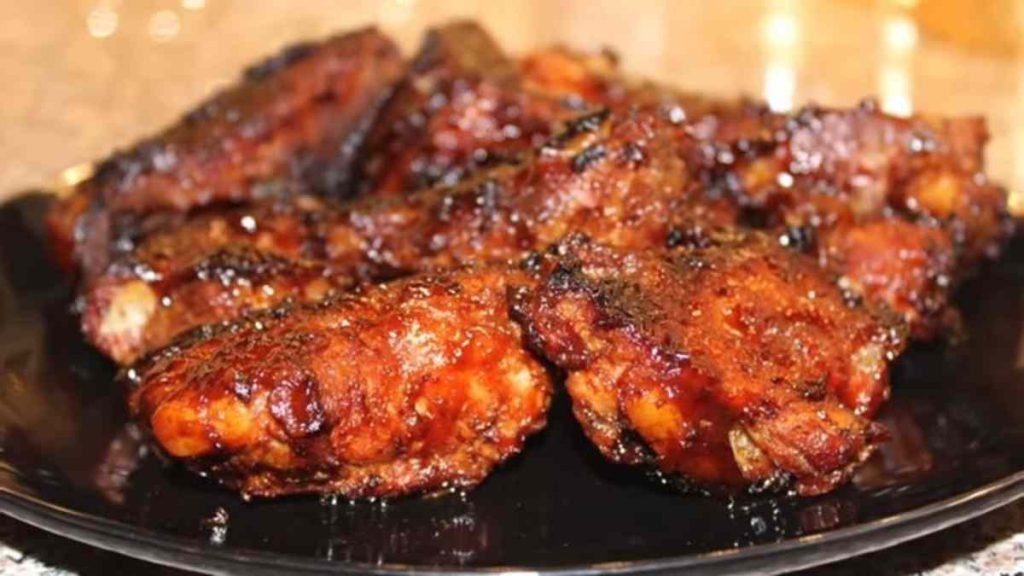Casseroles have been a popular dish for centuries, with many cultures having their own unique spin on the classic meal. However, traditional casseroles are often loaded with meat, cheese, and other unhealthy ingredients. This is where a healthy vegan casserole recipe comes into play.
The history of casseroles can be traced back to medieval times, where they were used as a way to stretch a small amount of food to feed a large family. Casseroles were also popular during the Great Depression, where they were used as a way to make the most out of limited resources.
What makes this healthy vegan casserole recipe special is that it’s made with wholesome ingredients that are nutrient-dense and flavorful. It’s also a great way to incorporate a variety of vegetables into your diet in a delicious and satisfying way.
This recipe is ideal for any occasion, whether it’s a family meal, a potluck, or a meal prep for the week. It’s easy to customize and make your own, and it’s perfect for those who are looking to make healthier choices without sacrificing flavor.
Ingredients Needed
- 2 cups cooked quinoa: Provides a nutritious and protein-rich base for the casserole.
- 1 tablespoon olive oil: Used for sautéing the vegetables.
- 1 medium onion, diced: Adds flavor and aroma.
- 2 cloves garlic, minced: Enhances the savory taste of the casserole.
- 1 bell pepper, diced: Adds color and crunch.
- 2 cups chopped vegetables of your choice: Options include zucchini, mushrooms, carrots, or broccoli.
- 1 can diced tomatoes (14 oz): Adds a tangy and juicy element to the casserole.
- 1 can white beans, drained and rinsed (15 oz): Adds protein and creaminess.
- 1 teaspoon dried thyme: Provides a warm and earthy flavor.
- 1 teaspoon dried oregano: Adds a fragrant and herbaceous note.
- Salt and pepper to taste: Adjust according to your preference.
- 1 cup vegetable broth: Provides moisture and helps bind the ingredients.
- 1/2 cup nutritional yeast: Adds a cheesy flavor and enhances the nutritional profile.
- 1/2 cup breadcrumbs: Provides a crispy and textured topping.
Equipment Needed
- Large skillet or sauté pan: For cooking the vegetables and assembling the casserole.
- Baking dish: To bake the casserole.
- Mixing spoon or spatula: For stirring and combining the ingredients.
Instructions
Step 1: Sauté the Vegetables
- Preheat the oven to 375°F (190°C).
- Heat olive oil in a large skillet or sauté pan over medium heat.
- Add diced onion and minced garlic to the pan. Sauté for 2-3 minutes until the onions become translucent and fragrant.
- Add diced bell pepper and chopped vegetables of your choice. Sauté for another 5 minutes until the vegetables are slightly tender.
Step 2: Prepare the Casserole Mixture
- Add the cooked quinoa, diced tomatoes, drained white beans, dried thyme, dried oregano, salt, and pepper to the skillet. Stir well to combine all the ingredients.
- Pour in the vegetable broth and stir again to ensure the mixture is evenly moistened.
- Add nutritional yeast to the skillet and mix it in thoroughly. The nutritional yeast will add a cheesy flavor to the casserole.
Step 3: Assemble and Bake the Casserole
- Transfer the mixture from the skillet to a greased baking dish, spreading it evenly.
- Sprinkle breadcrumbs over the top of the casserole, creating a crispy and golden crust.
- Cover the baking dish with foil and bake in the preheated oven for 25 minutes.
- Remove the foil and continue baking for an additional 10-15 minutes until the casserole is bubbling and the breadcrumbs are lightly browned.
Step 4: Serve and Enjoy
- Remove the casserole from the oven and let it cool for a few minutes.
- Serve the vegan casserole warm as a main dish or as a side with a fresh salad or steamed vegetables.
Tips and Tricks To Know:
- Feel free to customize the vegetables used in the casserole according to your preference and seasonal availability.
- You can add additional spices or herbs such as paprika, cumin, or basil to enhance the flavor of the casserole.
- If you prefer a creamier texture, you can mix in some plant-based milk or dairy-free cheese alternatives before baking.
- Leftovers can be stored in an airtight container in the refrigerator for up to 3-4 days. Reheat in the oven or microwave before serving.
Serving Suggestions:
- Serve the healthy vegan casserole as a wholesome and satisfying main dish for lunch or dinner.
- Pair it with a side salad, steamed vegetables, or a crusty bread for a complete and balanced meal.
Storage Options and Shelf Life:
- Allow the casserole to cool completely before storing.
- Transfer any leftovers to an airtight container and refrigerate for up to 3-4 days.
- Reheat individual portions in the oven or microwave until heated through.
Frequently Asked Questions (FAQ):
Q1: Can I use other grains instead of quinoa?
- A1: Yes, you can substitute quinoa with other grains such as brown rice, wild rice, or even a blend of different grains for variety.
Q2: Can I use canned beans other than white beans?
- A2: Absolutely! You can use canned chickpeas, black beans, or kidney beans as a substitute for white beans. Choose your favorite or use a combination for added flavor and texture.
Q3: Can I make the casserole gluten-free?
- A3: Definitely! you can use gluten-free breadcrumbs or omit them entirely if you prefer a gluten-free option. Ensure that all the other ingredients, including the vegetable broth and nutritional yeast, are gluten-free as well.
Q4: Can I freeze the casserole?
- A4: Yes, you can freeze the casserole for later use. Allow it to cool completely, then transfer it to a freezer-safe container or individual portions wrapped tightly in foil. Freeze for up to 2-3 months. Thaw the casserole in the refrigerator overnight before reheating in the oven.
Q5: Can I add protein to the casserole?
- A5: Absolutely! If you want to increase the protein content of the casserole, you can add cooked tofu, tempeh, or plant-based meat alternatives. Simply dice or crumble them and mix them in with the other ingredients before baking.
Q6: Can I make the casserole oil-free?
- A6: Yes, if you prefer an oil-free version, you can sauté the vegetables using vegetable broth or water instead of olive oil. This helps reduce the overall fat content of the dish while still adding flavor.
Q7: Can I add more spices or herbs to the casserole?
- A7: Absolutely! Feel free to experiment with different herbs and spices to suit your taste preferences. Popular options include rosemary, thyme, paprika, or chili flakes. Adjust the amounts according to your desired level of spiciness and flavor.
Q8: Can I use frozen vegetables instead of fresh?
- A8: Yes, you can use frozen vegetables in the casserole. Thaw them before adding them to the skillet, and adjust the cooking time slightly as frozen vegetables may release some extra moisture.
Q9: Can I make the casserole ahead of time?
- A9: Yes, you can prepare the casserole ahead of time and refrigerate it before baking. Simply assemble all the ingredients in the baking dish, cover it tightly, and refrigerate for up to 24 hours. When you’re ready to bake, remove it from the refrigerator, let it come to room temperature for a bit, and then bake as directed.
Q10: Can I add dairy cheese to the casserole?
- A10: If you’re not following a vegan or dairy-free diet, you can sprinkle shredded cheese on top of the casserole before baking. Choose a dairy cheese of your choice, such as cheddar or mozzarella, and bake until it melts and turns golden.
Q11: Can I add more vegetables to the casserole?
- A11: Absolutely! The recipe provides a basic combination of vegetables, but you can certainly add more if desired. Consider adding spinach, kale, corn, or peas for extra nutritional value and color.

Healthy Vegan Casserole
Equipment
- Large skillet or sauté pan
- Baking dish
- Mixing spoon or spatula
Ingredients
- 2 cups cooked quinoa
- 1 tablespoon olive oil
- 1 medium onion diced
- 2 cloves garlic minced
- 1 bell pepper diced
- 2 cups chopped vegetables of your choice
- 1 can diced tomatoes 14 oz
- 1 can white beans drained and rinsed (15 oz)
- 1 teaspoon dried thyme
- 1 teaspoon dried oregano
- Salt and pepper to taste
- 1 cup vegetable broth
- 1/2 cup nutritional yeast
- 1/2 cup breadcrumbs
Instructions
- Preheat the oven to 375°F (190°C).
- Heat olive oil in a large skillet or sauté pan over medium heat.
- Add diced onion and minced garlic to the pan. Sauté for 2-3 minutes until the onions become translucent and fragrant.
- Add diced bell pepper and chopped vegetables of your choice. Sauté for another 5 minutes until the vegetables are slightly tender.
- Add the cooked quinoa, diced tomatoes, drained white beans, dried thyme, dried oregano, salt, and pepper to the skillet. Stir well to combine all the ingredients.
- Pour in the vegetable broth and stir again to ensure the mixture is evenly moistened.
- Add nutritional yeast to the skillet and mix it in thoroughly. The nutritional yeast will add a cheesy flavor to the casserole.
- Transfer the mixture from the skillet to a greased baking dish, spreading it evenly.
- Sprinkle breadcrumbs over the top of the casserole, creating a crispy and golden crust.
- Cover the baking dish with foil and bake in the preheated oven for 25 minutes.
- Remove the foil and continue baking for an additional 10-15 minutes until the casserole is bubbling and the breadcrumbs are lightly browned.
- Remove the casserole from the oven and let it cool for a few minutes before serving.
Notes
- Feel free to customize the vegetables used in the casserole according to your preference and seasonal availability. You can add additional spices or herbs such as paprika, cumin, or basil to enhance the flavor of the casserole.
- If you prefer a creamier texture, you can mix in some plant-based milk or dairy-free cheese alternatives before baking.
- Leftovers can be stored in an airtight container in the refrigerator for up to 3-4 days. Reheat in the oven or microwave before serving.




